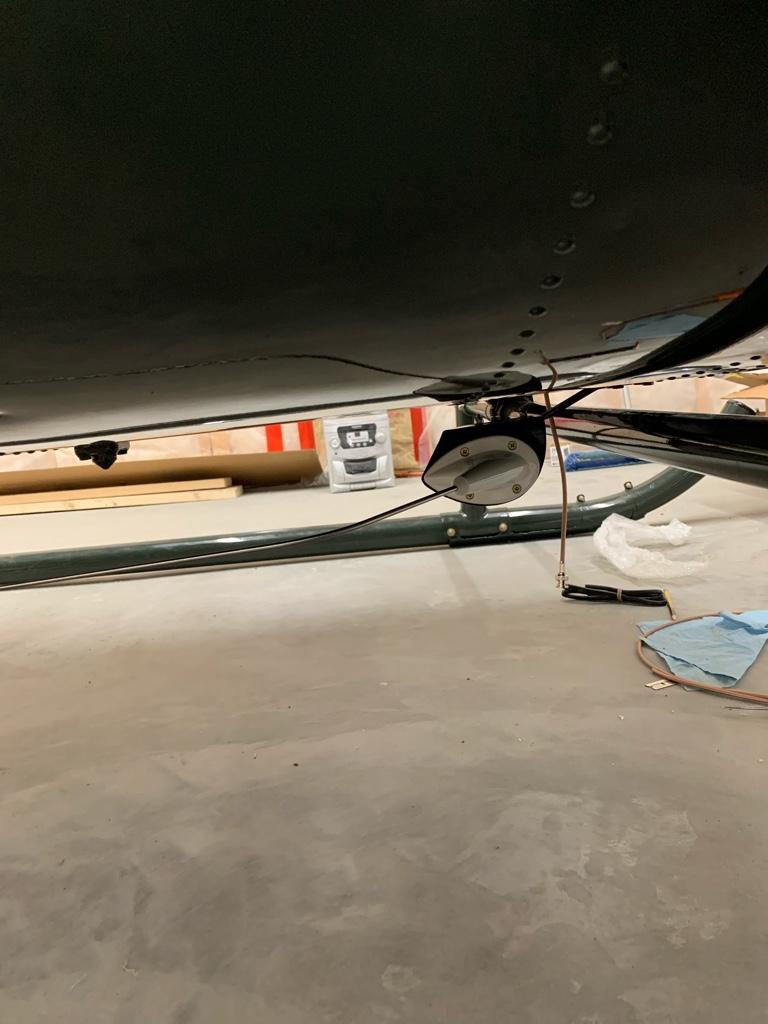nhraracer90
Filing Flight Plan
- Joined
- Apr 30, 2020
- Messages
- 16
- Display Name
Display name:
nhraracer90
Good evening! I recently had my new radio and ADSB installed (wired), I did the hardware mounting and etc. everything works great with the intercom and such (Becker AR6201). I had to buy a new VHF antenna (Comat CI-122). I mounted that antenna myself and made my coax lines (RG400). When I hook up my coax to the antenna , all I hear is static noise. I can’t even hear the airport WX ASOS over the static. I’m only a few miles from the airport. Am I missing something obvious? The aircraft is a helicopter. The ship is currently going through a restoration so I can’t fly it to the avionics shop (we trailered) it to and from. I attached a photo of how I mounted the antenna. Any input would be great. Thank you!

Sent from my iPhone using Tapatalk

Sent from my iPhone using Tapatalk
